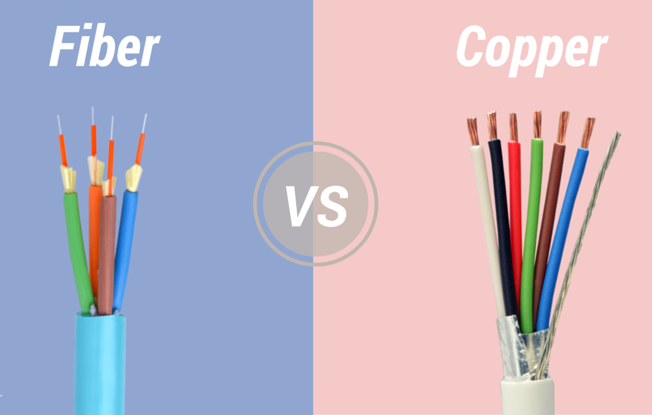
The debate between optic fibre and copper wiring has been ongoing for years. Both have their own advantages and disadvantages, but in recent years, optic fibre has been gaining popularity and is beginning to reign supreme. So, what makes optic fibre the superior choice?
One of the main advantages of optic fibre over copper wiring is its speed and bandwidth. Optic fibre can transmit data at a much higher speed than copper wiring. This means that optic fibre networks can handle larger amounts of data, making them ideal for high-speed internet, streaming services, and other data-intensive applications. Additionally, optic fibre has a much higher bandwidth capacity than copper wiring, meaning that it can support more devices and users at the same time without sacrificing speed or quality.
Another advantage of optic fibre is its reliability. Copper wiring is prone to interference from electromagnetic signals, which can degrade the quality of the data being transmitted. Optic fibre, on the other hand, is immune to electromagnetic interference and does not degrade over long distances. This makes optic fibre much more reliable and ensures a consistent and high-quality connection.
Optic fibre is also more secure than copper wiring. Because optic fibre uses light to transmit data, it is much harder to tap into or intercept the data being transmitted. This makes optic fibre networks more secure and less vulnerable to hacking or cyberattacks.
In addition to its superior performance and reliability, optic fibre is also more environmentally friendly than copper wiring. Optic fibre requires less energy to transmit data over long distances, making it a more sustainable option for telecommunications networks.
While optic fibre may have a higher upfront cost than copper wiring, the long-term benefits and advantages make it a worthwhile investment for businesses and individuals looking for a high-performance, reliable, and secure networking solution.
In conclusion, optic fibre is the superior choice when it comes to networking technology. With its high speed, bandwidth, reliability, security, and environmental benefits, optic fibre is clearly the future of communication networks. As technology continues to advance, optic fibre will only continue to grow in importance and popularity, solidifying its reign as the supreme choice for networking solutions.
